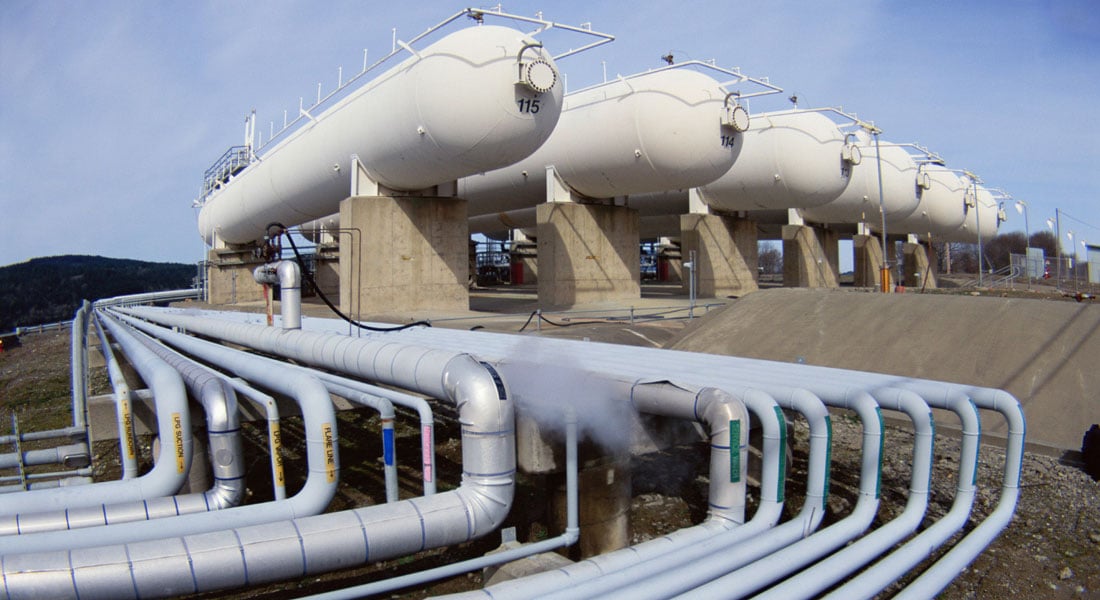Maurizio Pilu, our VP for Digital Innovation, is working with customers to help them bring the latest data and digital solutions into their businesses. His team has found that many successful businesses share common traits.
What does it take to successfully innovate?
Companies that innovate successfully in the digital era adopt certain approaches. The first one is agile innovation. This is about working with small-scale pilots, which are easier to start and execute, and minimise the risks if things go wrong. It might also mean using rapid iterations and feedback loops, ideally involving customers, to trial ideas and learn as you go. Perhaps, most importantly, a culture of open innovation is key. That means collaborating with customers, partners, best-in-class technology providers and other innovative organisations.
We’re working with customers on several projects spanning a wide range of technologies and customer challenges. Data science and machine learning projects are a key focus. Many leading firms, including several of our customers, consider data science to be absolutely core to Industry 4.0 so we’re working with them to co-create solutions that can extract insights from the data generated by their operation and assets. Some of the applications we are working on are improving asset performance through predictive analytics, applying cutting-edge data science to analyse large volumes of safety reports and to extract deep insights on operational risk.
We also have ongoing projects to explore the disruptive potential of blockchain in supply chain assurance. Our current focus is on the supply chains of ship components and spare parts, marine fuel and food. One key area of Industry 4.0 that has tremendous relevance is additive manufacturing. It has huge potential to transform entire supply chains and disrupt markets. The wider market is recognising this and is considering how to use it for spare parts on ships, oil rigs and even aircrafts. We are starting to work on these topics internally and through collaboration. For example, we’re working with the Turing Institute on the integrity of the world’s first 3D printed bridge, using a digital twin created with data from fibre optic sensors.
"The challenge for businesses is how to take advantage of the smart solutions that come from Industry 4.0 when the pace of change is so fast and complex."
What’s the potential of open innovation?
When it comes to innovation in something as complex as Industry 4.0 an open and collaborative approach is essential. Alongside technology ventures activities, we’re now working alongside partners from the start-up community, industry, academia and other institutions to address big industry challenges.
In late 2017 we set up a collaboration with Bordeaux-based drone specialist, Be Tomorrow, to co-create and develop a platform to support our remote presence innovations and in the spring of 2018 we decided to develop a demonstrator to show how to register ships into Class using blockchain technology. We partnered with London-based blockchain specialist, Applied Blockchain - our Class specialists, marine innovation specialists and digital experts collaborating with them.
We set up a joint venture with The Welding Institute in the UK, Fullagar Technologies, to deliver innovative inspections systems, products and services and we also support the LR Foundation with their activities. We helped them set up the Lloyd’s Register Safety Accelerator in partnership with Silicon Valley’s specialist, Plug & Play Tech Centre, link up start-ups and industry to test innovative digital solutions for the world’s toughest safety and risk challenges.
"As our innovation efforts gain pace and our technology capabilities in industry 4.0 grow the more we realise the value of human insight."
What role does human intelligence play in adopting smart solutions?
As an engineering-oriented professional services firm, we work alongside customers every day to discuss their pain points and business challenges. We’re trying to capture this practical, real-life experience as a precious source of insight to help us and our customers innovate better and faster.
For example, a shipping customer told us they would rather let pumps break than adopt expensive condition-based maintenance solutions. This suggested that cost disruption really matters for certain equipment.
One ship captain told us that too much trust in technology on the bridge may actually increase risks, as they don’t pay as much attention as they should to what’s happening to the ship and the surrounding environment. This pointed to the need to help customers adopt new thinking around how their staff interact with smart solutions and how to design effective human-computer interfaces.
We were hearing that a customer had a huge amount of data from accident reports they weren’t analysing in detail, as it was really complex and expensive to do, missing an opportunity to spot correlations that could prevent accidents. By adopting a higher degree of automation using natural language processing and tailored visualisations we’ve been able to work with two customers to overcome these challenges and improve overall insight into risks and causes of accidents.
To be successful, smart solutions need to be supported by experience and human intelligence. While there’s no doubt that technological innovation offers huge potential, it can be daunting and complex to take the leap. By embracing agile and open collaboration and drawing on the experience of others, businesses can put themselves in pole position to reap the rewards of Industry 4.0.







